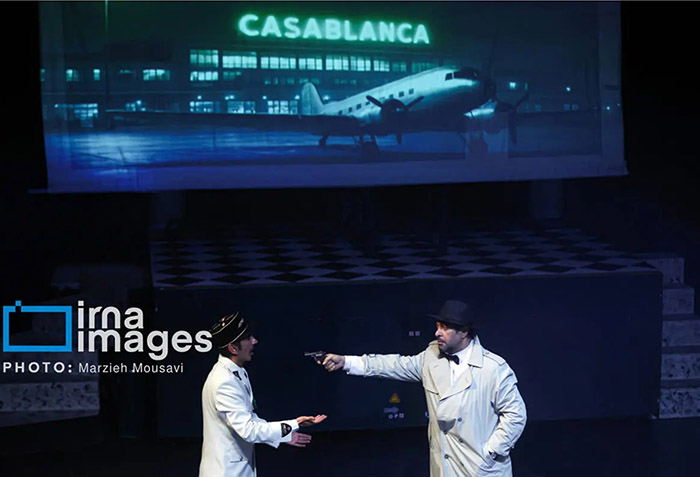However, its reputation grew rapidly following its three Academy Award wins: Best Picture, Best Director for Michael Curtiz, and Best Adapted Screenplay for the Epstein brothers and Howard Koch. Critics and audiences alike began to appreciate its subtle complexity and emotional depth. As the war continued, Casablanca became emblematic of the Allied cause, offering both escapism and moral affirmation.
Over the decades, Casablanca’s stature has only increased. The American Film Institute consistently ranks it among the top films of all time. In 1989, it was among the first 25 films selected by the Library of Congress for preservation in the National Film Registry, recognized as “culturally, historically, or aesthetically significant.” Film critic Roger Ebert aptly summarized its enduring appeal: “If there is ever a time when they decide that some movies should be spelled with an upper-case M, Casablanca should be voted first on the list of Movies.”
Legacy and Influence
Few films have achieved the mythic status of Casablanca. Its dialogue, characters, and imagery have permeated popular culture for more than eight decades. Phrases like “Here’s looking at you, kid” and “We’ll always have Paris” have entered the global vocabulary as expressions of nostalgia and farewell. The film’s combination of romantic idealism and political realism has inspired countless imitations but never been equaled.

